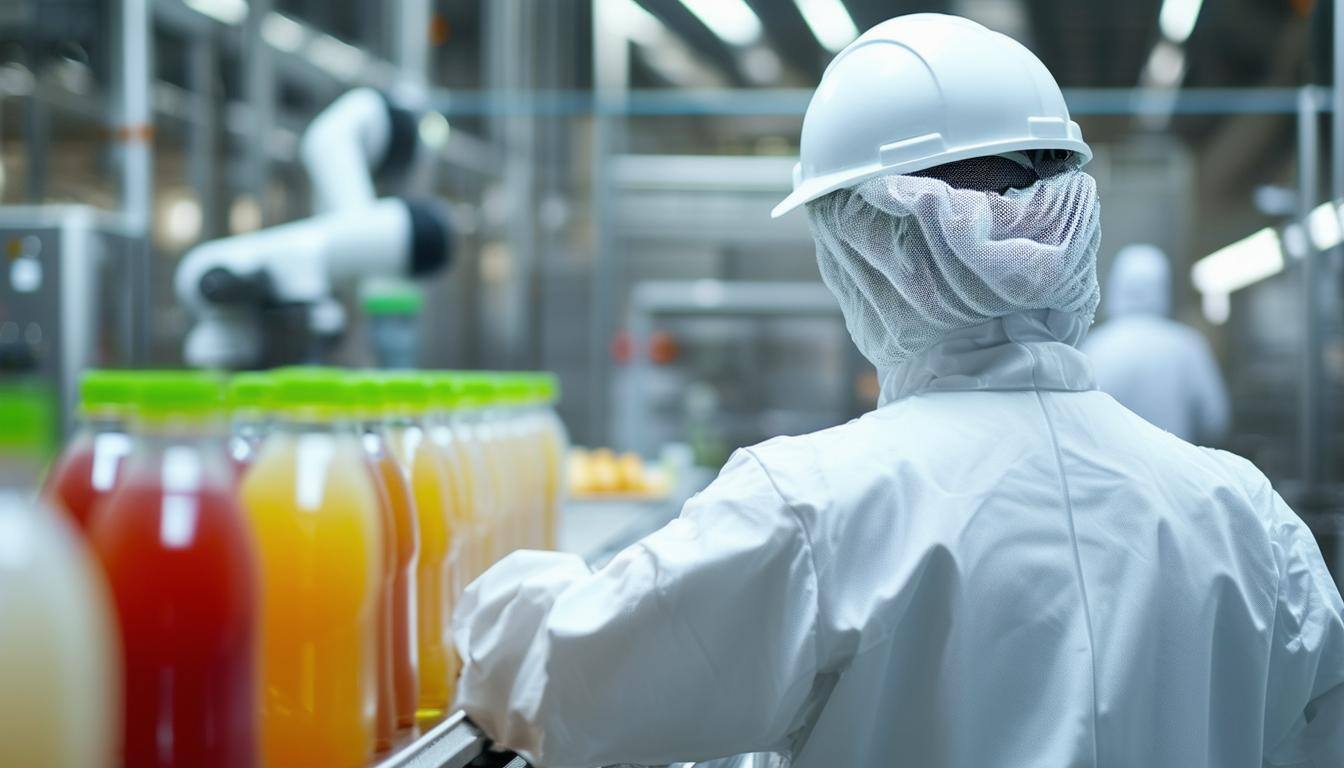The Quebec agri-food industry is undergoing a major transformation. Robotics and automation are becoming essential tools to optimize production, ensure product quality, and meet increasingly stringent health standards. However, integrating robots into a food production line is not as simple as flipping a switch.
The myth of the fully automated factory
We often picture factories completely run by robots, working silently and without rest. While this idea is appealing, it's not very practical, especially in the food industry where products vary a lot and quality standards are high. In reality, humans and machines work together. Robots are helpful tools that do the boring, tiring jobs, so people can focus on more important tasks.
Specific Challenges in the Food Industry
- Hygiene and Safety: Sanitary standards in the food sector are rigorous. Equipment selection must be carefully considered to ensure clean and safe production.
- Product Variability: Natural products are rarely perfectly homogeneous. Sorting and inspection often require human intervention.
- Traceability: Traceability is essential, especially for organic products. Effective technology alone is not enough; clear and rigorous processes must also be defined.
- Working Conditions: Food production environments can be humid, dusty, and subject to temperature variations. Robotic equipment must be designed to withstand these conditions.
How to Successfully Implement a Robotics Project?
- In-depth Analysis of Your Needs: Before embarking on a robotics project, it is essential to understand your specific needs. A thorough analysis of the production chain will help identify the operations most likely to be automated.
- A Long-Term Vision: Robotics is a long-term investment. You need to define a clear vision for the evolution of your company and ensure that robotics fits into this vision.
- A Gradual Approach: It is best to start with simple projects and gradually increase complexity. This reduces risks and ensures that employees are comfortable with new technologies.
- Effective Communication: Communication is essential at all stages of the project, from design to implementation. All stakeholders must be involved and kept informed of progress.
Benefits of Robotics
- Improved Productivity: Robots can work 24/7, significantly increasing production.
- Improved Quality: Robots can perform tasks with a precision and repeatability that humans cannot match.
- Cost Reduction: Over the long term, robotics can reduce production costs.
- Improved Working Conditions: Robots can take over tedious and repetitive tasks, improving working conditions for employees.
Robotics: An Essential Ingredient for the Food Industry
Robotics offers an opportunity for the Quebec food industry to strengthen its competitiveness and position itself at the forefront of Industry 4.0. However, it is important to approach this topic pragmatically and not lose sight of the specific characteristics of this sector.

Images generated with the help of artificial intelligence have been reviewed and validated by our team.

